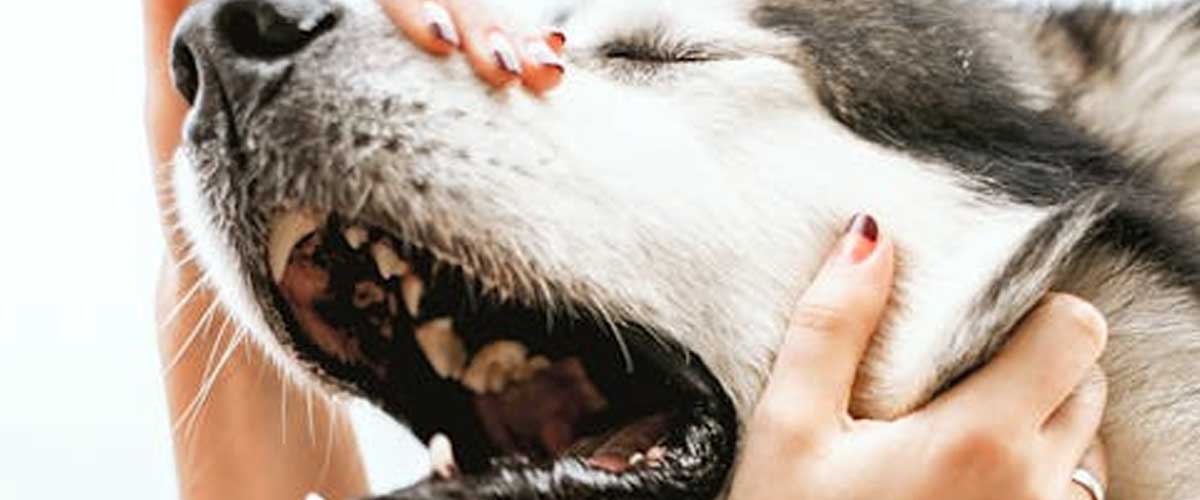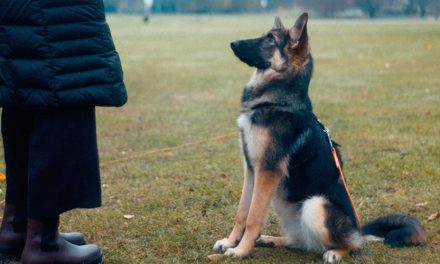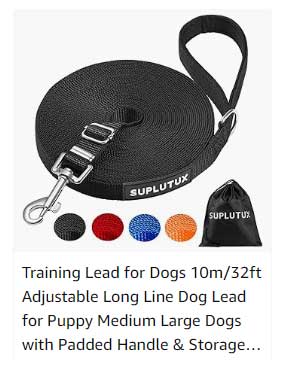Muzzle training can be an important skill for dog owners, especially for those who want to ensure their dog is safe, calm, and comfortable in various situations.
Whether you’re preparing for a vet visit, grooming, or just want to be proactive, this guide will help you through the process of muzzle training your dog.
1. Understanding the Purpose of Muzzle Training
Muzzles are not just for aggressive dogs; they can also be used for:
- Safety during vet visits or grooming.
- Preventing scavenging during walks.
- Managing anxiety or fear during stressful situations.
2. Choosing the Right Muzzle
Selecting the right muzzle is crucial.
Consider the following types:
Basket Muzzles:
Allow for panting, drinking, and chewing while preventing bites.
They are great for socializing and longer wear.
Soft Muzzles:
Good for short-term use, especially during vet visits.
They can restrict barking, panting, and drinking.
3. Getting Your Dog Comfortable with the Muzzle
Step 1: Introduce the Muzzle
Start by letting your dog sniff the muzzle without forcing them to wear it.
Keep it positive!
Use treats to create a positive association with the muzzle.
Step 2: Create a Positive Experience
Hold the muzzle out and reward your dog with treats when they show interest.
Gradually reward them for getting closer to the muzzle.
Step 3: Practice Wearing the Muzzle
Place the muzzle on your dog’s snout and reward them immediately.
Do this for short periods at first.
Gradually increase the duration over several sessions, always rewarding them afterward.
Step 4: Secure the Muzzle
Once your dog is comfortable with the muzzle resting on their nose, buckle it (without fastening it tight) and give treats.
Increase the time they wear it, rewarding them for being calm.
4. Gradual Increase in Duration
Start with just a few minutes and gradually increase the time your dog wears the muzzle.
If your dog shows signs of distress, return to a shorter duration and work on that before increasing again.
5. Desensitize to Muzzle Situations
Practice wearing the muzzle in different locations, such as during walks, in the car, or around other dogs.
Reward calm behavior, and always ensure the environment is positive.
6. Reinforce Positive Associations
Continue rewarding your dog with treats and praise when they wear the muzzle, even outside of training sessions.
Play games while they’re wearing the muzzle to create positive associations.
7. When to Use the Muzzle
Only use the muzzle in situations where it is necessary (vet visits, grooming sessions, etc.).
Never use the muzzle as a punishment; this can create negative associations.
8. Monitoring for Stress
Always watch for signs of stress when your dog is wearing the muzzle, such as excessive panting, hiding, or attempts to remove it.
If your dog seems too uncomfortable, take a step back in the training process.
9. Patience is Key
Training takes time and patience.
Each dog will progress at their own pace, so it’s essential to stay positive and patient throughout the process.
Conclusion
Muzzle training can be a valuable tool for creating a safer experience for both you and your dog.
With consistent training, positive reinforcement, and a comfortable muzzle, your dog can learn to accept this useful accessory with ease.
Always prioritize your dog’s comfort and well-being during the training process.











